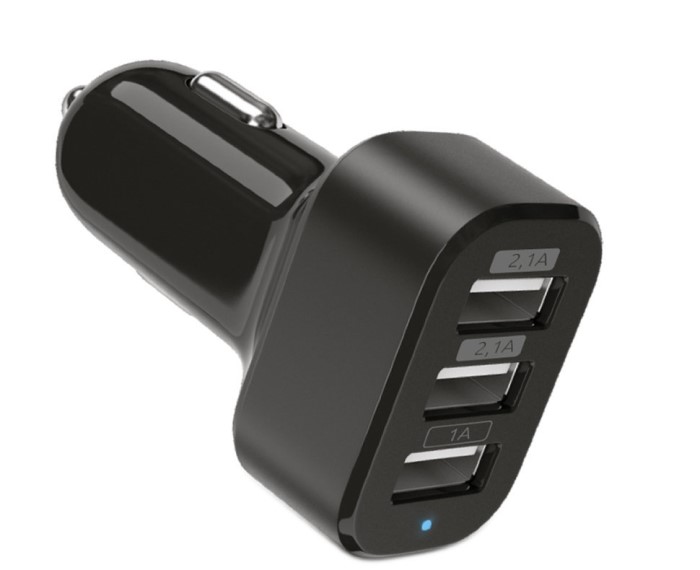Today, electric vehicles are increasingly found on the highway. However, before purchasing this type of vehicle, you need to consider where the charger will be placed and how it will be used. For more information, please see our electric vehicle charging point installation guide.
connector type
Today there are no international standards for a connector designed to charge an electric vehicle. That is why, when choosing a charger, it is necessary to take into account the type of vehicle connector.
However, if integration is carried out not with a cable, but with a socket, recharging can be carried out by different models of electric vehicles that have a suitable connector.
Power
Today, most of the devices are accompanied by standard chargers, the power of which reaches 3.6 — 7.2 kV.
Therefore, it is this power that the equipment will consume at the time of charging. Therefore, if your transport consumes 3.6 kV, you do not need to purchase a 22 kV device, since all the energy will not be consumed, and you will simply overpay for the extra power.
Number of phases
Another indicator that will determine the type of charger is the number of phases intended for installing an electric line. So, if you can install a three-phase line, it is advisable to choose such a station, as then the electric vehicle will charge faster, keeping the current low.
Current access
Often, the installation of stations is carried out at the place of generation of electricity. In this case, the power indicator will be limited. Therefore, you should check which kW is allocated specifically for your home and determine how much will be allocated to charge the vehicle.







